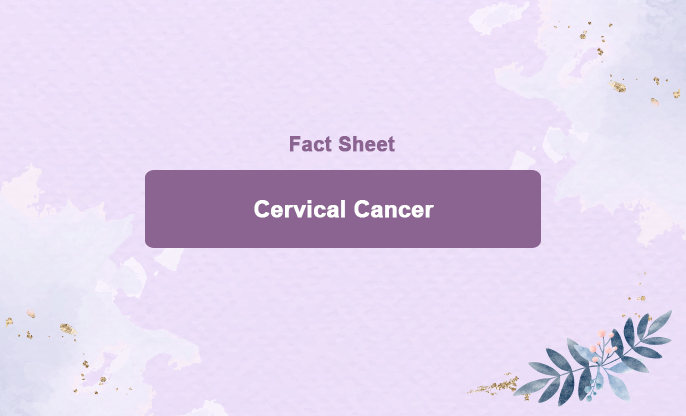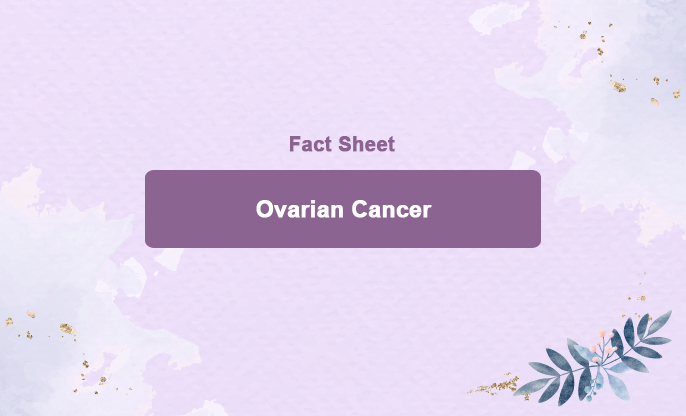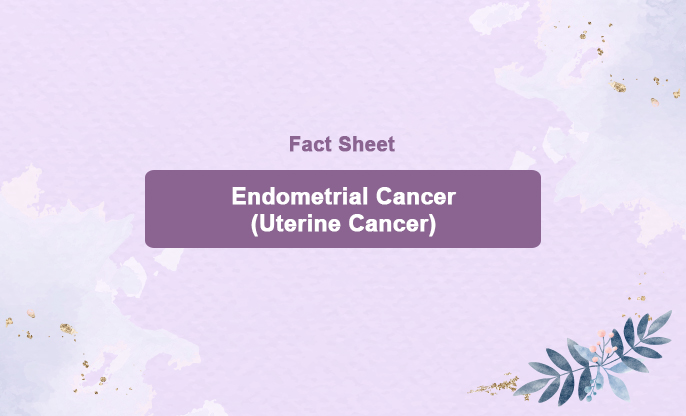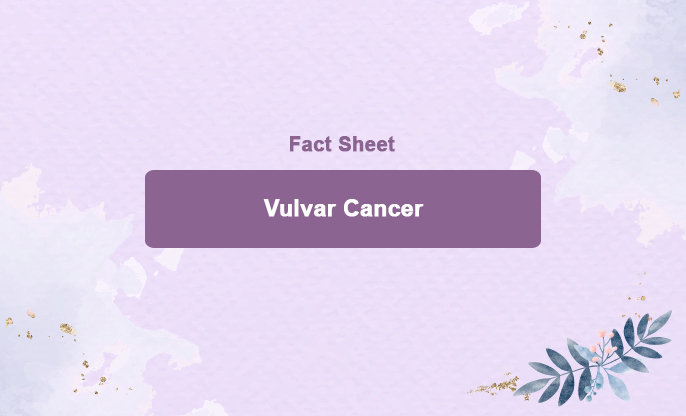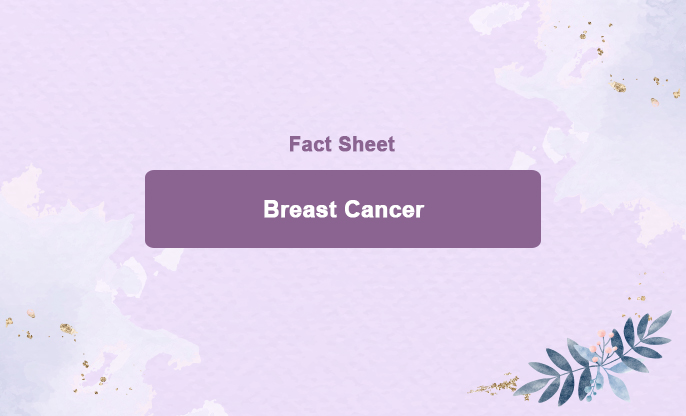
What is this?
Breast cancer is a disease where abnormal cells in the breast grow uncontrollably, forming tumors. If untreated, these tumors can spread throughout the body and become life-threatening.
The cancer cells typically originate in the milk ducts or the milk-producing lobules of the breast. The earliest stage, known as in situ, is not life-threatening and can often be detected early. However, cancer cells can invade nearby breast tissue, forming tumors that cause lumps or thickening.
Invasive breast cancers have the potential to spread to nearby lymph nodes and other organs (metastasize), which can be life-threatening.
Breast Cancer Risk Factors
Gender:
Female gender is the strongest risk factor for breast cancer.
Approximately 99% of breast cancers occur in women, while 0.5–1% occur in men.
Treatment principles for men are the same as for women.
Risk-Increasing Factors:
Increasing age
Obesity
Harmful use of alcohol
Family history of breast cancer
History of radiation exposure
Reproductive history (age at first menstrual period and first pregnancy)
Tobacco use
Postmenopausal hormone therapy
General Statistics:
About half of breast cancers develop in women with no identifiable risk factor other than gender and age (over 40 years).
Most women diagnosed with breast cancer do not have a known family history of the disease.
Family History:
Having a family history of breast cancer increases the risk.
Lack of a family history does not significantly reduce the risk.
Genetic Factors:
Certain inherited gene mutations (e.g., BRCA1, BRCA2, PALB-2) significantly increase the risk of breast cancer.
Women with these mutations may consider risk-reduction strategies, such as surgical removal of both breasts or chemoprevention.
Symptoms and Importance of Early Detection
Most early-stage breast cancers have no symptoms, highlighting the importance of early detection.
Symptoms of Breast Cancer:
Breast lump or thickening, often painless
Change in breast size, shape, or appearance
Skin changes: dimpling, redness, pitting
Alterations in nipple appearance or areola
Abnormal or bloody nipple discharge
Anyone with an abnormal breast lump should seek medical care, even if it is not painful.
Most breast lumps are benign, but cancerous lumps are more treatable when small and not spread to lymph nodes.
Advanced Symptoms and Spread:
Breast cancer can spread to lymph nodes under the arm, even if they can't be felt.
It may eventually spread to other organs like the lungs, liver, brain, and bones, causing symptoms such as bone pain or headaches.
Treatment:
There are various treatment options available for breast cancer patients, including:
Surgery
Radiation therapy
Chemotherapy
Hormone therapy
Targeted therapy
Immunotherapy
The majority of breast cancer patients undergo surgery to remove the cancer.
Types of surgery:
Breast-conserving surgery involves removing the cancer along with some surrounding healthy tissue, while preserving the breast. If the cancer is close to the chest wall, part of the chest wall lining may also be removed. This surgery is also known as a lumpectomy, partial mastectomy, segmental mastectomy, quadrantectomy, or breast-sparing surgery.
A total mastectomy, also known as a simple mastectomy, is a surgical procedure to remove the entire breast affected by cancer. During this procedure, some of the lymph nodes under the arm may also be removed and examined for cancer. This can be performed either simultaneously with the breast surgery or afterwards, through a separate incision.
A modified radical mastectomy involves removing the entire breast affected by cancer, including the nipple, areola (the dark skin around the nipple), and the overlying skin. Additionally, most of the lymph nodes under the arm are also removed.
Chemotherapy can be administered prior to surgery to remove the tumor. When given before surgery, chemotherapy helps shrink the tumor, thereby reducing the amount of tissue that needs to be removed. This pre-surgical treatment is known as preoperative therapy or neoadjuvant therapy.
Radiation Therapy
Radiation therapy is a cancer treatment that uses high-energy x-rays or other types of radiation to destroy cancer cells or inhibit their growth. There are two main types of radiation therapy:
External radiation therapy: Utilizes a machine outside the body to direct radiation towards the cancerous area.
Internal radiation therapy: Involves placing a radioactive substance, sealed in needles, seeds, wires, or catheters, directly into or near the cancer.
The method of radiation therapy depends on the type and stage of the cancer. External radiation therapy is commonly used for treating breast cancer. Internal radiation therapy with strontium-89, a radionuclide, is employed to alleviate bone pain caused by breast cancer that has metastasized to the bones. Strontium-89 is injected into a vein, travels to the bone surfaces, and releases radiation to kill the cancer cells in the bones.
Chemotherapy
Chemotherapy, often referred to as chemo, employs drugs to halt the growth of cancer cells by either killing them or preventing them from dividing. In the case of breast cancer, chemotherapy is typically systemic, meaning the drugs are either injected into a vein or taken orally. This allows the drugs to enter the bloodstream and target cancer cells throughout the entire body.
Hormone Therapy
Hormone therapy, also known as endocrine therapy, slows or stops the growth of hormone-sensitive tumors by either blocking the body's ability to produce hormones or interfering with the hormones' effects on breast cancer cells. Hormones are substances produced by glands in the body and circulated in the bloodstream. Certain hormones can stimulate the growth of some cancers. If tests show that cancer cells have hormone receptors, drugs, surgery, or radiation therapy can be used to reduce hormone production or block their effects, a process known as ovarian ablation.
Types of hormone therapy for breast cancer include:
Aromatase inhibitors (such as anastrozole, letrozole, or exemestane)
Fulvestrant
Elacestrant
Luteinizing hormone-releasing hormone (LHRH) agonists (such as goserelin or leuprolide)
Megestrol acetate
Tamoxifen
Targeted Therapy
Targeted therapy involves using drugs or other substances to identify and attack specific cancer cells. Your doctor may recommend biomarker tests to help predict how you might respond to certain targeted therapy drugs.
Various types of targeted therapy are used to treat breast cancer.
Monoclonal antibodies are lab-made immune system proteins designed to treat many diseases, including cancer. As a treatment, these antibodies can attach to specific targets on cancer cells or other cells that assist in cancer cell growth. Once attached, the antibodies can kill cancer cells, inhibit their growth, or prevent them from spreading. Monoclonal antibodies are administered by infusion and can be used alone or to deliver drugs, toxins, or radioactive materials directly to cancer cells. They may also be combined with chemotherapy as adjuvant therapy.
Monoclonal antibodies used to treat breast cancer include:
Margetuximab
Pertuzumab
Sacituzumab govitecan
Trastuzumab
Trastuzumab deruxtecan
Tyrosine kinase inhibitors block signals necessary for tumor growth and can be used with other anticancer drugs as adjuvant therapy. Tyrosine kinase inhibitors used to treat HER2-positive breast cancer include:
Lapatinib
Neratinib
Tucatinib
Cyclin-dependent kinase (CDK) inhibitors block proteins called cyclin-dependent kinases, which promote cancer cell growth. CDK inhibitors may be combined with hormone therapy, such as fulvestrant or letrozole, to treat hormone receptor-positive, HER2-negative breast cancer. CDK inhibitors used to treat breast cancer include:
Abemaciclib
Alpelisib
Palbociclib
Ribociclib
Mammalian target of rapamycin (mTOR) inhibitors block a protein called mTOR, which can inhibit cancer cell growth and prevent the formation of new blood vessels that tumors need. mTOR inhibitors used to treat HER2-negative, hormone receptor-positive breast cancer include:
Everolimus
PARP inhibitors block DNA repair, potentially causing cancer cells to die. PARP inhibitors used to treat HER2-negative breast cancer with BRCA1 or BRCA2 mutations include:
Olaparib
Talazoparib
Immunotherapy
Immunotherapy boosts a person's immune system to help it fight cancer.
Immune checkpoint inhibitors are a form of immunotherapy used to treat breast cancer. They work by blocking proteins known as checkpoints, which are produced by certain immune system cells, such as T cells, and some cancer cells. These checkpoints normally prevent immune responses from being too strong, but they can also stop T cells from killing cancer cells. By blocking these checkpoints, T cells can more effectively destroy cancer cells.
An immune checkpoint inhibitor used to treat breast cancer is:
Pembrolizumab
Pembrolizumab operates in multiple ways to kill cancer cells and is also considered targeted therapy because it targets specific changes or substances in cancer cells.
Side-effects of the treatments:
Anemia
Appetite loss
Bleeding and bruising (thrombocytopenia)
Constipation
Delirium
Diarrhea
Edema (swelling)
Fatigue
Fertility issues (boys and men)
Fertility issues (girls and women)
Flu-like symptoms
Hair loss (alopecia)
Infection and neutropenia
Lymphedema
Memory or concentration problems
Mouth and throat problems
Nausea and vomiting
Nerve problems (peripheral neuropathy)
Organ-related inflammation and immunotherapy
Pain
Sexual health issues (men)
Sexual health issues (women)
Skin and nail changes
Sleep problems
Urinary and bladder problems
Late side effects include:
Some treatments for breast cancer can cause side effects that emerge or persist months or years after the treatment has concluded, known as late effects.
Late effects of radiation therapy are uncommon but may include:
Inflammation of the lung, particularly if chemotherapy is administered simultaneously.
Arm lymphedema, especially when radiation therapy follows lymph node dissection. For more information, see Lymphedema.
An increased risk of developing breast cancer in the other breast for women younger than 45 years who receive radiation therapy to the chest wall after a mastectomy.
Late effects of chemotherapy vary depending on the drugs used, but may include:
Heart failure
Blood clots
Premature menopause
A second cancer, such as leukemia
Late effects of targeted therapy with trastuzumab, lapatinib, or pertuzumab may include:
Heart problems, such as heart failure
Prevention:
Various approaches to cancer prevention are being researched, including:
Modifying lifestyle or dietary habits.
Avoiding known carcinogens.
Taking medication to treat precancerous conditions or prevent cancer from developing.
Undergoing risk-reducing surgery
